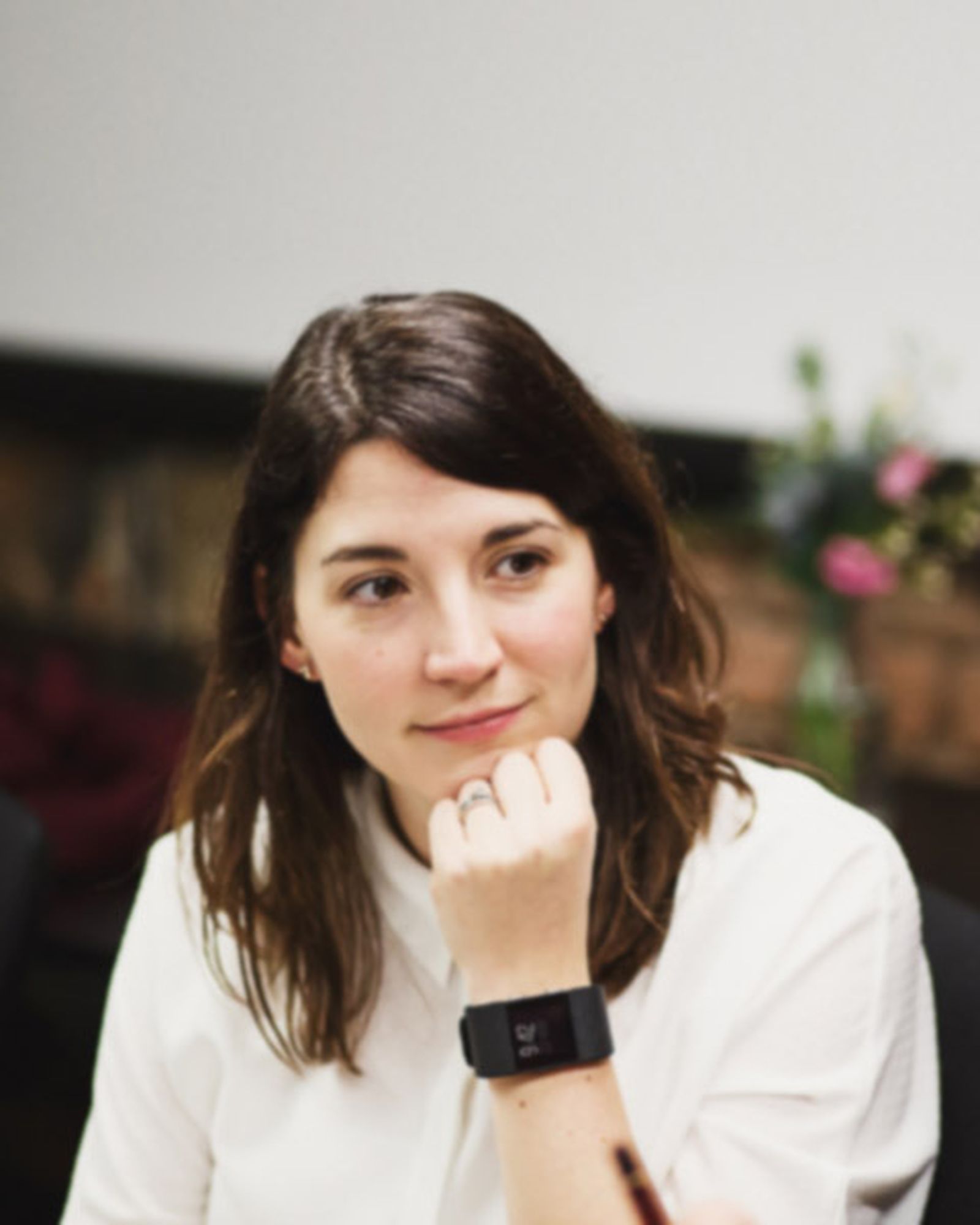Why was a change needed?
We both wanted to do something broadly about diversity. I was the chair of the Bank’s Women’s network. Katharine had been at the Bank longer and had a lot of experience of being the only woman in the room. The Bank had had an increased focus on diversity for 10 years and had implemented a number of initiatives. It all looked good, and there was no doubt that over the years the Bank had changed a lot, but were we being complacent?
What bigger goal did you want to achieve?
We wanted much greater diversity across the board, and to understand the issues beyond the numbers. And we wanted a targeted programme to address those issues.
What did you do?
We used the Forward Institute residentials to iterate the questions and improve our focus, breaking the questions down into separate elements. We spent a lot of time walking and talking, and had some great conversations with other Fellows. It was a hard decision but in the end we decided to focus just on gender – we had to make it manageable. We wanted a deep and precise understanding, and that meant narrowing the problem down.
We decided to look at the problem from two angles: the data, and employees’ experiences as expressed through focus groups. We’d been told by the previous cohort there was no way we could do it on our own, so when we got back from the second residential we put a note on the intranet, posing our core question: “We have had all these initiatives, how much progress have we really made? And do you want to be involved?”
25-30 people came to the first meeting, and we got lots of input, lots of practical feedback, and that enabled us to refine our proposal and turn it into more of a workplan. We formed two groups to take on the two strands. The data group brought in statisticians and made the all-important link to HR so that we could access the Bank’s database. The second group worked on the focus groups, again with input from other departments like HR and Legal.
In the end there was a core team of 15-20 people working with us, a real mix of people from across the organisation, junior to senior, men and women. Katharine and I steered the work and provided challenge where needed. The data work was done over the first summer, and then there was a lot of work involved in preparing the focus groups: who should chair, ensuring consistency of questions, who should take notes, etc. The focus groups took place in the autumn. We put a note out on the intranet inviting people to join them. I remember the note went out in mid-August and I was amazed at how many people were interested! In the end we had 150 people. People self-selected, and chose their time slot, so it wasn’t scientific in that sense. But we ensured that every group would use the same questions, the same rules, the same script.
The data showed clearly that we weren’t making as much progress as might have been expected. Across the whole Bank gender progression had plateaued and in some areas it was going backwards.
The next step was to decide how to present the whole thing to senior management. We spoke to HR and the COO, and it was decided that our work would be presented to the Executive in the context of the review of the HR strategy.
Katharine and I were very clear about two things:
We wanted the document only to be a statement of the problem: what had emerged from the data, and what the key messages were from the focus groups.
We did not want to be part of the solution. We’d be happy to help, but the Executive needed to own it.
It was a hard personal decision to do it this way. We had been very surprised by what we had found, and we were very passionate about it, and wanted so much to do something. But we were really determined that there shouldn’t be a list of initiatives that people could write speeches about and wear as a badge, and not be held accountable for.
So I wrote the paper. It was just two pages, very factual: what we had set out to do, what we did, and what we discovered. No emotional language. There was some pushback on the absence of solutions, but we stuck to our guns and we didn’t change it.
I get quite emotional thinking about it. We were really nervous before the meeting, thinking this was a really bold statement to be making and one that could be perceived as unconstructive. But the comments in the meeting were very powerful – people got really emotional.
The whole thing then went up to the Governors and the Court (our equivalent of the Board) and the paper was widely shared. “These facts are really stark, you can’t argue with facts.” One female executive said she felt as though she had been punched in the stomach.
